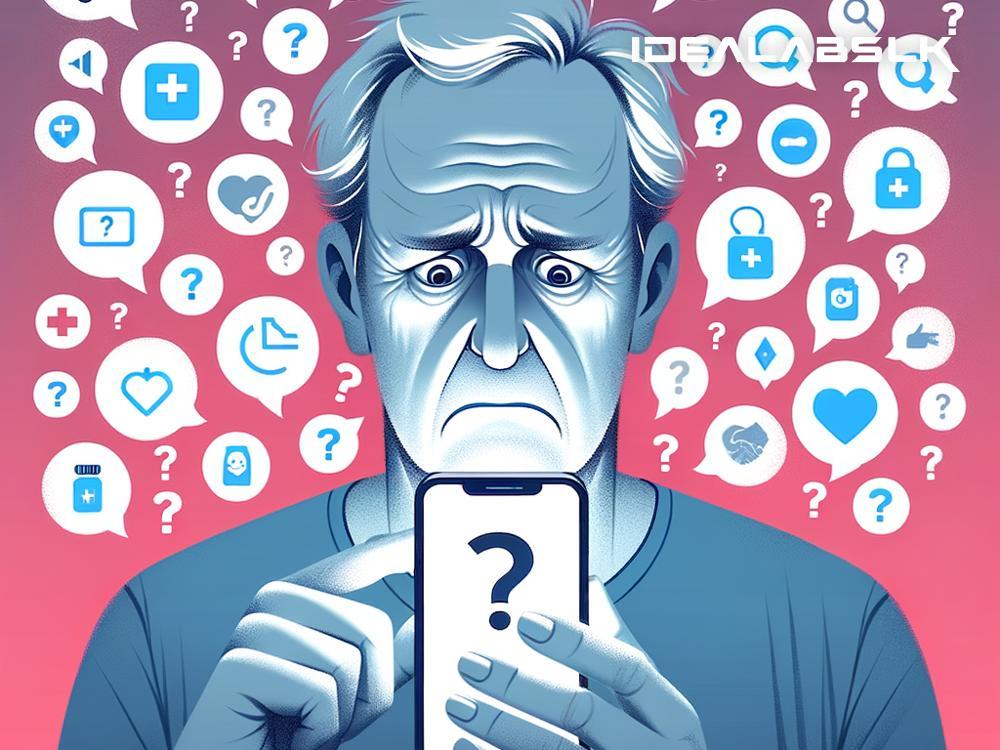The Risks of Using Technology for Self-Diagnosis: How to Avoid Falling Into the Trap of Misleading Health Apps
In today's fast-paced world, technology has seeped into nearly every aspect of our lives, including how we handle our health. With a smartphone in nearly every hand, it's become increasingly common to turn to health apps for answers about our well-being. Although these tools can provide convenience and immediate information, relying on them for self-diagnosis poses risks that everyone should be aware of. This article will discuss these dangers and offer guidance on how to navigate the world of health apps safely.
The Allure of Health Apps
The appeal of health apps and online symptom checkers is undeniable. They offer quick, easy access to information that once required a visit to a healthcare provider. Want to know why you have a headache? There's an app for that. Curious if your symptoms match a common cold or something more serious? A few taps on your screen promise answers. However, this convenience can be deceptive and lead to more harm than good.
The Risks of Misdiagnosis
One of the most significant dangers of using health apps for self-diagnosis is the risk of misdiagnosis. These apps often rely on generic information and algorithms that lack the ability to consider the full picture of an individual's health. Real-life conditions are complex and influenced by numerous factors, including medical history, genetic predispositions, lifestyle, and current medications. Without professional guidance, it's easy to misinterpret symptoms or overlook critical details, potentially leading to incorrect self-diagnoses.
- Delayed Treatment: Misdiagnosing oneself can lead to delaying proper treatment. Believing you have a minor ailment when it's something more serious can have dire consequences.
- Unnecessary Anxiety: Conversely, thinking you have a severe disease when you're experiencing common symptoms can cause unnecessary stress and anxiety.
- Wasting Resources: Time and money spent on incorrect treatments based on a wrong self-diagnosis could be used more efficiently if directed by a healthcare professional.
Avoiding the Trap
Recognizing the risks of self-diagnosis through technology is the first step in avoiding the pitfalls. Here’s how you can approach health apps more wisely:
-
Use Reputable Sources: Not all health apps are created equal. Opt for those developed or endorsed by recognized medical organizations or professionals. Reviews and ratings can also be a good indicator of reliability.
-
Complement, Don’t Replace: Treat information from health apps as a guideline, not a verdict. Use them to gain insights but always consult a healthcare professional for a diagnosis and personalized advice.
-
Be Critical: Question the information. If an app provides a diagnosis or treatment option, cross-reference it with reputable sources or discuss it with a doctor.
-
Awareness of Limitations: Understand that technology, no matter how advanced, has limitations. The personal touch and expertise of a healthcare provider are irreplaceable.
-
Privacy Concerns: Be mindful of the data you share with health apps. Always check the app’s data policy to understand how your information is stored, used, and potentially shared.
Leveraging Technology Safely
While it’s essential to be cautious, it’s also important to acknowledge the benefits of technology when used correctly. Digital tools can track health metrics, remind us to take medication, and provide immediate access to medical resources, all of which can significantly contribute to our well-being when used responsibly.
Conclusion
Navigating the world of health apps requires a balance between taking advantage of technology's conveniences and recognizing its limitations in diagnosing and treating medical conditions. By approaching these tools with a critical mind and consulting healthcare professionals for major health concerns, we can protect ourselves from the risks of misdiagnosis and ensure that we're using technology to genuinely enhance our health, not jeopardize it. Stay informed, stay critical, and let technology be a tool for health, not a substitute for professional care.

